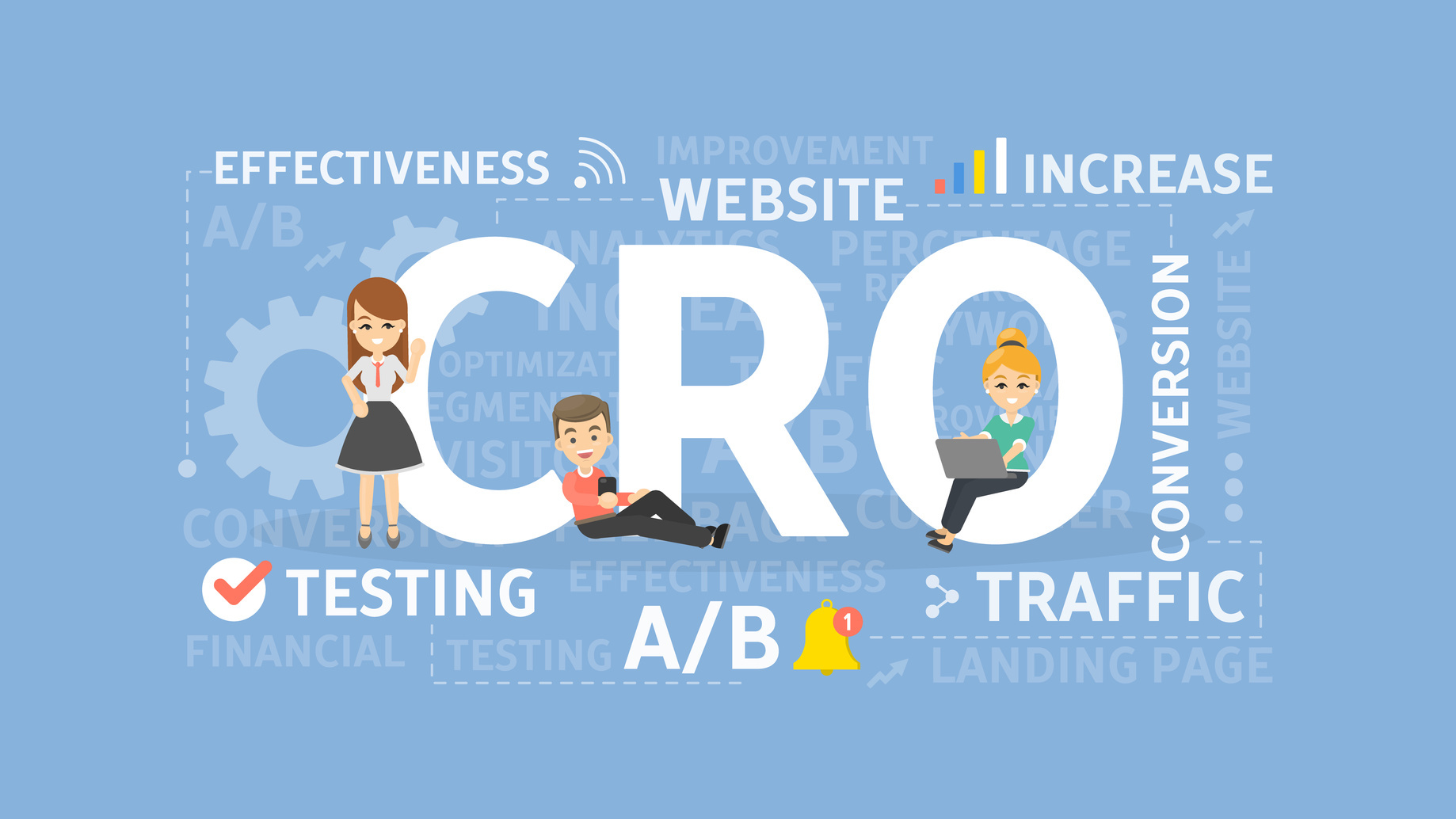Conversion Rate Optimization for Law Firms Part 3: How to Implement a CRO Strategy
Date: July 21, 2022

Once you’ve determined which essential elements you want to include in your conversion rate optimization (CRO) strategy, you’ll have to figure out the best way to implement the plan. For many law firms, this is where things get tricky. They often have great ideas, but they don’t know how to make them happen. In other cases, they might not have the bandwidth to get the job done.
Fortunately, the process doesn’t have to be overwhelming. It’s much easier when you take one step at a time. We recommend that you implement your CRO strategy by following six simple steps:
- Establish metrics
- Research and analyze existing data
- Enhance user experience
- Add CTAs to high-performing pages
- Test your changes
- Learn and improve
If you don’t have a strategy ready to launch, or if you need to learn more about the basics of CRO, we encourage you to check out Part 1 and Part 2 of our Conversion Rate Optimization series. For those who are ready to begin the implementation process, keep reading!
Establishing Metrics
To determine whether your strategy was a success, you need to start by establishing the metrics you will use in your analysis. These are the items that you will compare before and after implementation to see how the strategy positively or negatively affected your conversions.
The specific metrics you choose to use may differ from those of another website, but in general, we recommend that law firms look at:
- Bounce Rate: The amount of time users spend on a specific page before leaving
- Time on Site: The total amount of time a user stays on your site in one session
- Pages Per Visit: The number of pages a user goes to in a visit
- New vs. Returning: The number of users who are new to the site vs. those who are returning
- Types of Devices: The device users are using to visit your website
- In-Page Clicks: Where and what elements visitors are clicking on each web page
- Exit %: What number of visitors left after visiting multiple pages, and what page did they leave
- Site Speed: The average page load time for each page and the overall website
- Conversions/Acquisitions: How many people took the desired action and followed through to completion
Research and Leverage Existing Data and Analytics
Now that you know what metrics you’re going to be using to measure success, you want to take the time to research and leverage the existing data that you have in those areas. Not only should you record this data for future results, but it can also give you a good idea of where you should focus your strategy efforts first.
What do we mean by that?
Chances are, you have many ideas for how you would like to improve your website. If you try to do all of them at once, you’re going to end up feeling overwhelmed. Instead, it would help to prioritize the areas that need improvement the most.
For example, your current bounce rate might show that customers are leaving your website before they even have a chance to look at your CTAs or forms. That means you should address issues with your site speed, security, or copy before you try to revamp your CTAs.
Enhance User Experience
Once you’ve done your research, you’ll finally want to begin implementing your CRO strategy, starting with user experience. As we mentioned, this is one of the areas that could affect a user’s desire to stay on your site or leave. You could have the best copy in the world, but if your site isn’t user-friendly, visitors will never stay long enough to read it.
We recommend that you start by working on the technical aspects of your website, such as the site speed. You’ll also want to make sure that your website is easy to navigate. You may want to spend time reorganizing the overall structure so that your pages fit into logical categories. We also recommend that you reflect those changes in the navigation bar and leave breadcrumbs so that users can quickly get to the pages they need.
Create CTAs within Well-Performing Content and Pages
If you’ve already done your research and checked your website’s analytics, you should already know which pages perform the best. These are the pages where you will want to focus your CTA efforts. It’s important to know that as you implement your strategy, these pages may change, so you should be prepared to adapt.
Regardless of which pages you choose to focus on, you’ll want to make sure that your text-based CTAs are engaging and clear. They should tell visitors the action you desire from them and how they can take it. Your buttons should be easy to see, and corresponding forms should be simple. These CTAs are what will drive the conversions that you are trying to increase, so you need to take your time with them.
Test, Test, Test
Testing your website should always be an ongoing process. If you only do it once in a blue moon, you won’t get the data you really need to analyze and improve. Some popular tests for CRO include A/B testing and multivariate testing (MVT). These two types of tests should be built into your daily processes and should focus on the areas you are looking to improve.
If you aren’t familiar with testing, you will want to hold off on the MVT. Instead, it would help if you focused more of your efforts on A/B testing until you have gained a firm grasp on it. This testing format will also help you achieve results faster than if you tried to start with MVT.
Learn, Rinse, and Repeat
The final step of implementing a CRO strategy is to look at your results and start all over again. It’s a never-ending job. Even if you’ve seen massive improvements in your bounce rate or conversions, there’s always room for improvement.
At this phase, you should focus on learning from your mistakes as well as your successes. What worked well, and how can you do it better? Did one part of your strategy backfire? If so, you’ll want to go back to the drawing board and try again.
In many cases, CRO is trial and error, so you will find yourself repeating or rethinking a lot of ideas. In the end, it will all be worth it though, as you bring on more clients.
Contact Us for More Info on Conversion Rate Optimization Strategies for Law Firms
Are you interested in implementing a conversion rate optimization strategy but are not sure where to start? Do you lack the personnel to do CRO in-house? If you answered “yes” to either question, you don’t have to give up on optimizing your website.
Instead, you can leave all of the planning and implementation to the experts at 9Sail. For years, our search marketing firm has helped law firms bring in more clients, so you can count on us to improve your site conversions. Call us today to start creating a personalized strategy for your website! You can also reach us online by submitting our site audit form.















